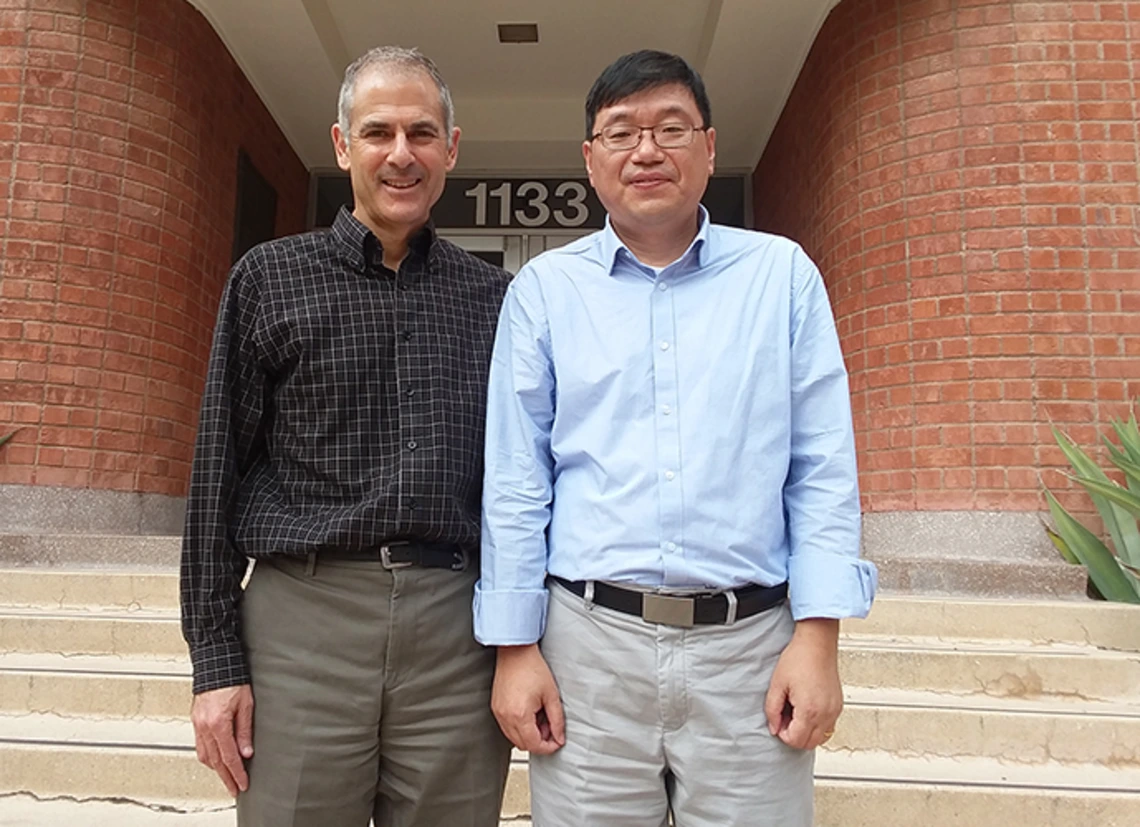Message From the Department Chair: December 2018 Newsletter

Dear alumni and friends,
As the year ends, I want to thank you for your support of and involvement with CHEE. Many of you have volunteered as design class mentors, submitted class notes, served on our advisory board, helped connect students to your companies, and contributed financially to the department and college. You are greatly appreciated!
Turning Out Well-Qualified Engineers
Alumnus Kyle Kryger, BS 2010 and capital investment advisor for ExxonMobil, said his company hired a record-smashing three CHEE undergraduates for full-time employment and three student interns this year.
“This increase could certainly suggest your new teaching model is turning out better qualified and more competitive engineers,” he added.
CHEE works closely with industry partners on student placement and welcomes input and partnership.
Challenging Students to Grow
Songtao Xie, who joins CHEE as a lecturer in January 2019, is looking forward to broadening students’ views and helping ensure their professional success.
“The goal of my instruction is to guide students through carefully chosen experiences that challenge them to change the way they think of the world,” he said.
Xie received his PhD in chemical engineering from Case Western Reserve in 2007. He has worked as a post-doctoral associate at the University of Miami Miller School of Medicine, senior engineer at the Mayo Clinic’s Neural Engineering Lab, and lecturer at Texas A&M University.
A warm welcome to Songtao!
Making Solar and Nuclear Power Cleaner, Safer and More Affordable
Professor Don Gervasio received $1 million from the U.S. Department of Energy to study electrical processes that detect and arrest corrosion of metal containing molten chloride salts used in solar and nuclear power-generation systems. The technology signals and arrests corrosion early, allowing timely maintenance to prevent catastrophic failure.
“Burning coal to make electrical energy is cheap and costs only around 6 cents per kilowatt-hour. The solar thermal generation of electrical power we are developing can reach 6 cents per kilowatt-hour without burning coal or making pollution,” said Gervasio
Cleaning Up Munitions Contamination
Professors Jim Field and Reyes Sierra received three grants totaling more than $3 million from the Department of Defense to expand their research on munitions cleanup.
“This is an amazing opportunity to make substantial headway in reducing or even eliminating the negative environmental impact of munitions,” said Field.
Two of the projects treat wastewater and clean up contaminated soil, groundwater and runoff from insensitive munitions compounds, or IMCs. The military is switching to IMCs because they are less prone to accidental explosion.
The researchers are using microorganisms and culture conditions as well as common redox active soil minerals to reduce IMCs to environmentally benign products.
Sierra is also studying novel sorbents that rely on two properties to adsorb toxic perfluorinated and polyfluorinated alkyl substances used in firefighting foams. PFAs have seeped into the water at military bases, resulting in new regulatory limits.
“Previous sorbents were based on just one chemical property,” said Sierra. “The double properties approach makes meeting new environmental norms feasible.”
Warm Wishes from CHEE for Safe and Happy Holidays
Thank you for being part of the CHEE family. May your holidays be filled with warmth, comfort and good cheer.
Sincerely,
Anthony Muscat
Professor and Department Chair
Department of Chemical and Environmental Engineering
The University of Arizona
muscat@email.arizona.edu
P.S. Please continue to share your news! Send class notes and photos to Holly Altman at haltman@email.arizona.edu.
